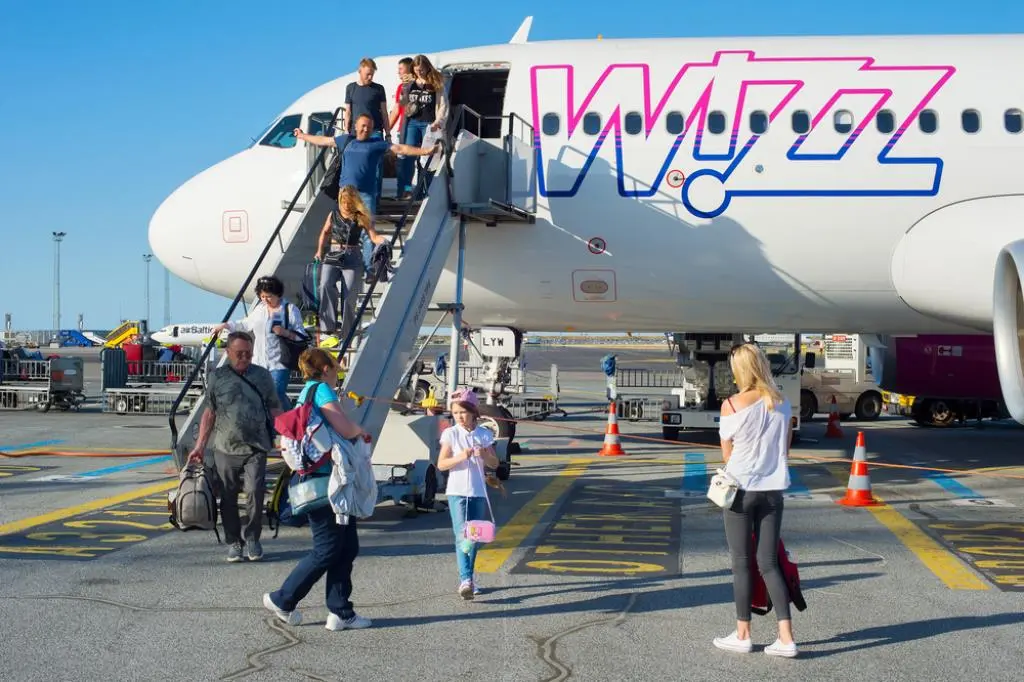Bright prospects for Wizz Air, though many aircraft will have to be grounded
The Hungarian low-cost airline Wizz Air increased its revenues by almost a third and turned a loss into a profit in its recently closed financial year, as it seeks to improve its percentage of punctual flights to 80%. In the first half of the financial year and until the end of the year, Wizz Air expects to be without around 50 of its aircraft, with an average engine repair time of 300 days.
Wizz Air closed its financial year with great results

Photo: depositphotos.com
Wizz Air closed its financial year to the end of March 2024 with revenues of EUR 5.073 billion, an increase of 30.2% compared to the previous year, according to its results announcement. The airline’s fuel costs were 5% lower than the previous year.
The result was positively impacted by strong travel demand and fare increases, while financials were negatively impacted by Pratt & Whitney GTF engine and supply chain issues, inflation and geopolitical tensions in the Middle East, according to AIRportal.hu.
The airline offered 69 million seats on its flights between 1 April 2023 and 31 March 2024, an increase of 18% compared to the previous year. A total of 62 million people flew on the flights, an increase of 21%. The average load factor was 90.1%, an improvement of 2.3 percentage points compared to the previous year.
Wizz Air completed 99.4% of its scheduled flights and 65.3% of flights were on time (i.e. within 15 minutes of the scheduled departure time, according to industry standards), a 10 percentage point improvement compared to the previous period. Wizz has a total of 193 airports in 53 countries and operates 33 bases, with its workforce increasing by 600 employees to 8,000 in the financial year.
During the period, it took delivery of 29 new aircraft, bringing its fleet to 208 on 31 March 2024.
During the first half of the financial year and until the end of the year, Wizz Air expects to be without around 50 of its aircraft, with an average engine repair time of 300 days.
The airline expects its capacity per seat and per kilometre to remain at the previous year’s level, while the average seat load factor on flights could increase by 2 percentage points to 92%.

Wizz Air’s new Airbus A321neo. Source: Wizz Air
Management expects the company’s net profit to be in the range of EUR 500-600 million for the financial year ending 31 March 2025, with revenue growth of slightly below 10%.
According to the airline’s long-term fleet plan, the first long-range A321XLRs will enter the fleet this financial year, but the company expects a potential delay of 30-35 aircraft next year.
Read also:
please make a donation here
Hot news
Orbán cabinet may double airspace fee: another ticket price increase?
Hungary expanding the list of prohibited designer drugs
Hungarian minister: Ukraine ‘blackmailing’ Hungary and pro-peace states
Cocaine found on a Greek bus at southern border of Hungary
NCIS star arrived in Budapest: spin-off filming started
Does the Hungarian government let in many Eastern guest workers unchecked with card scheme?



